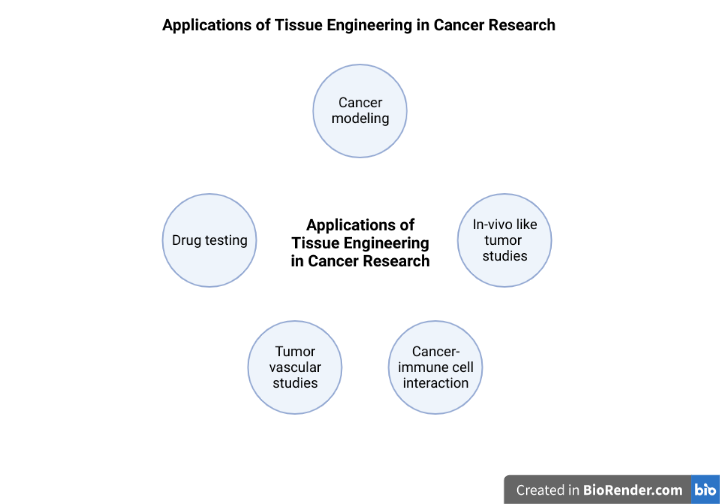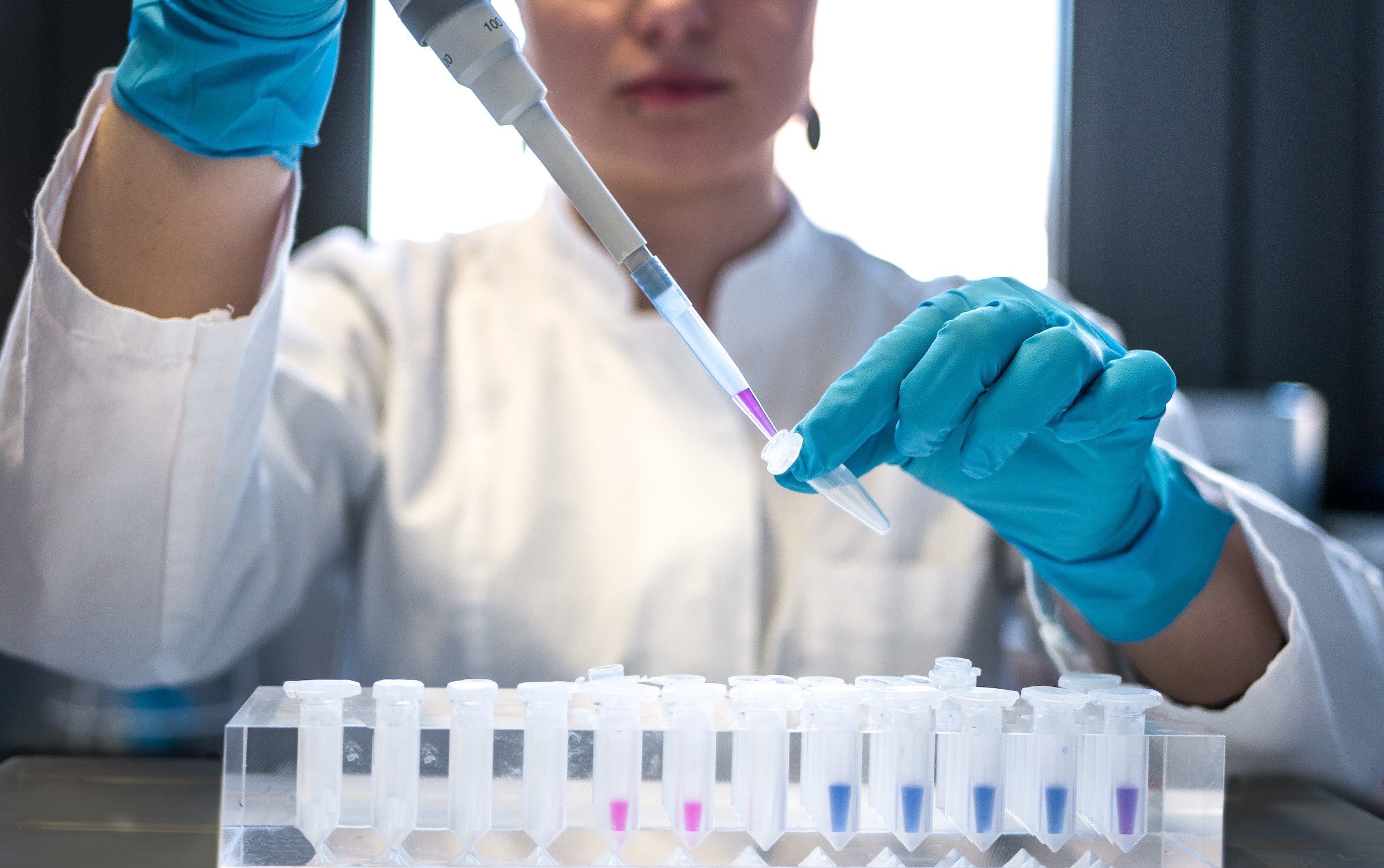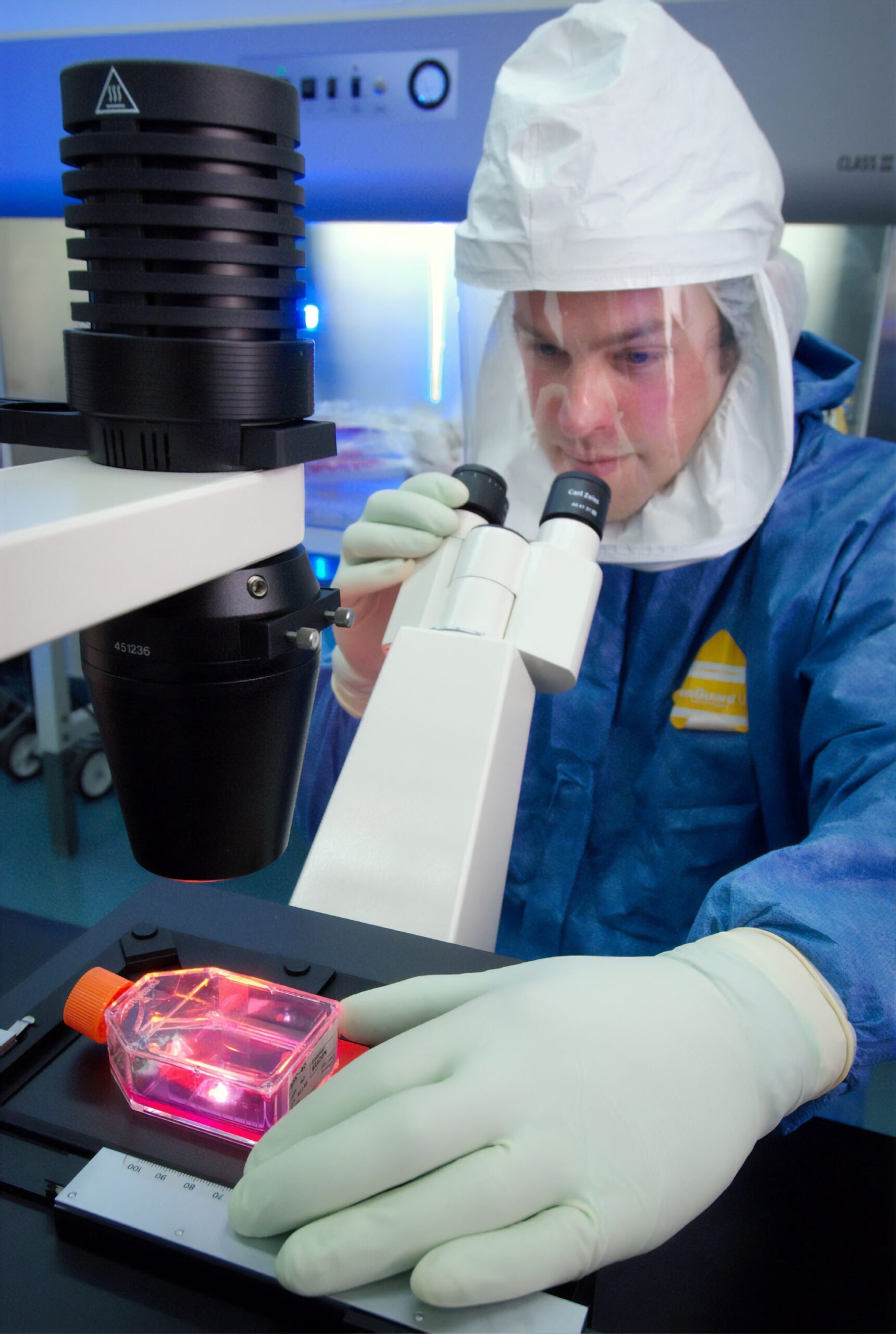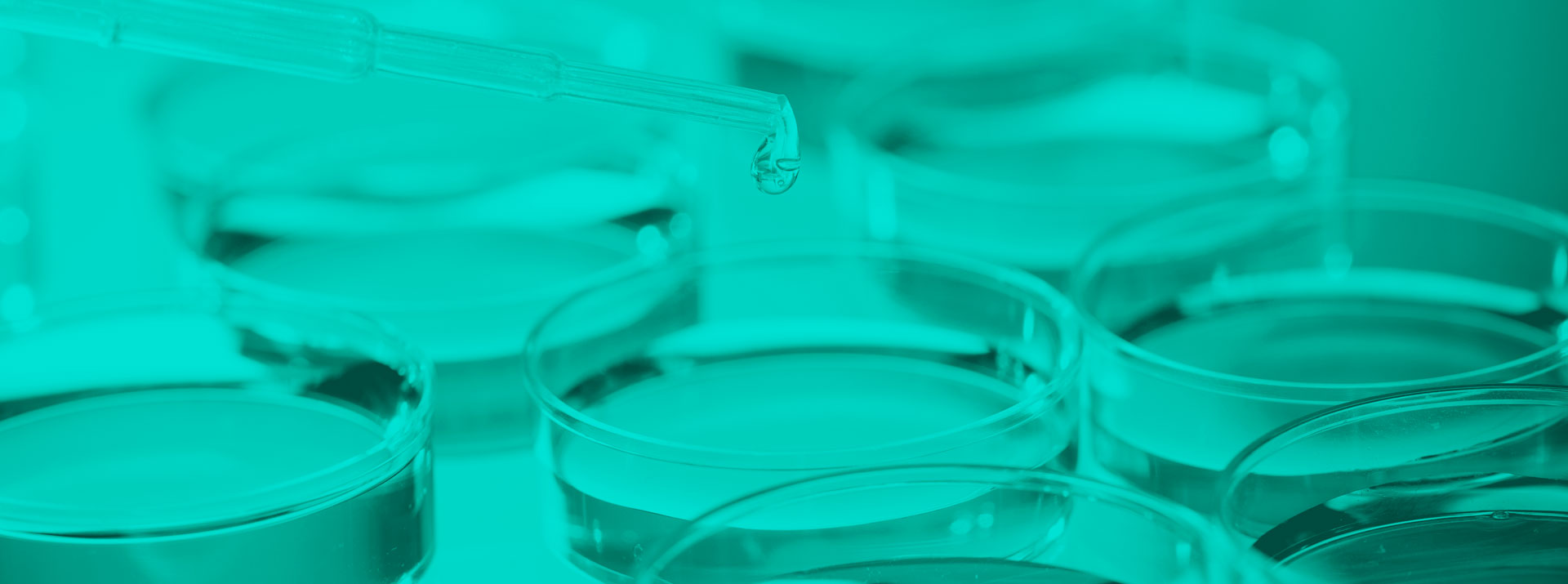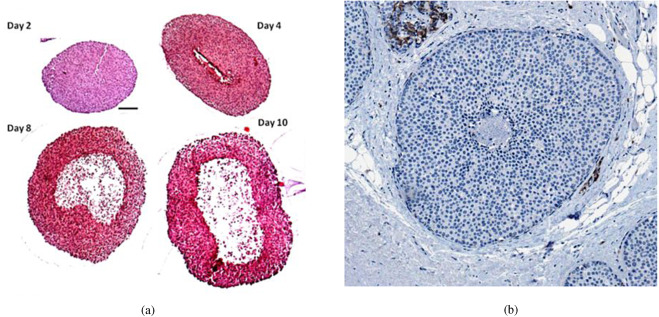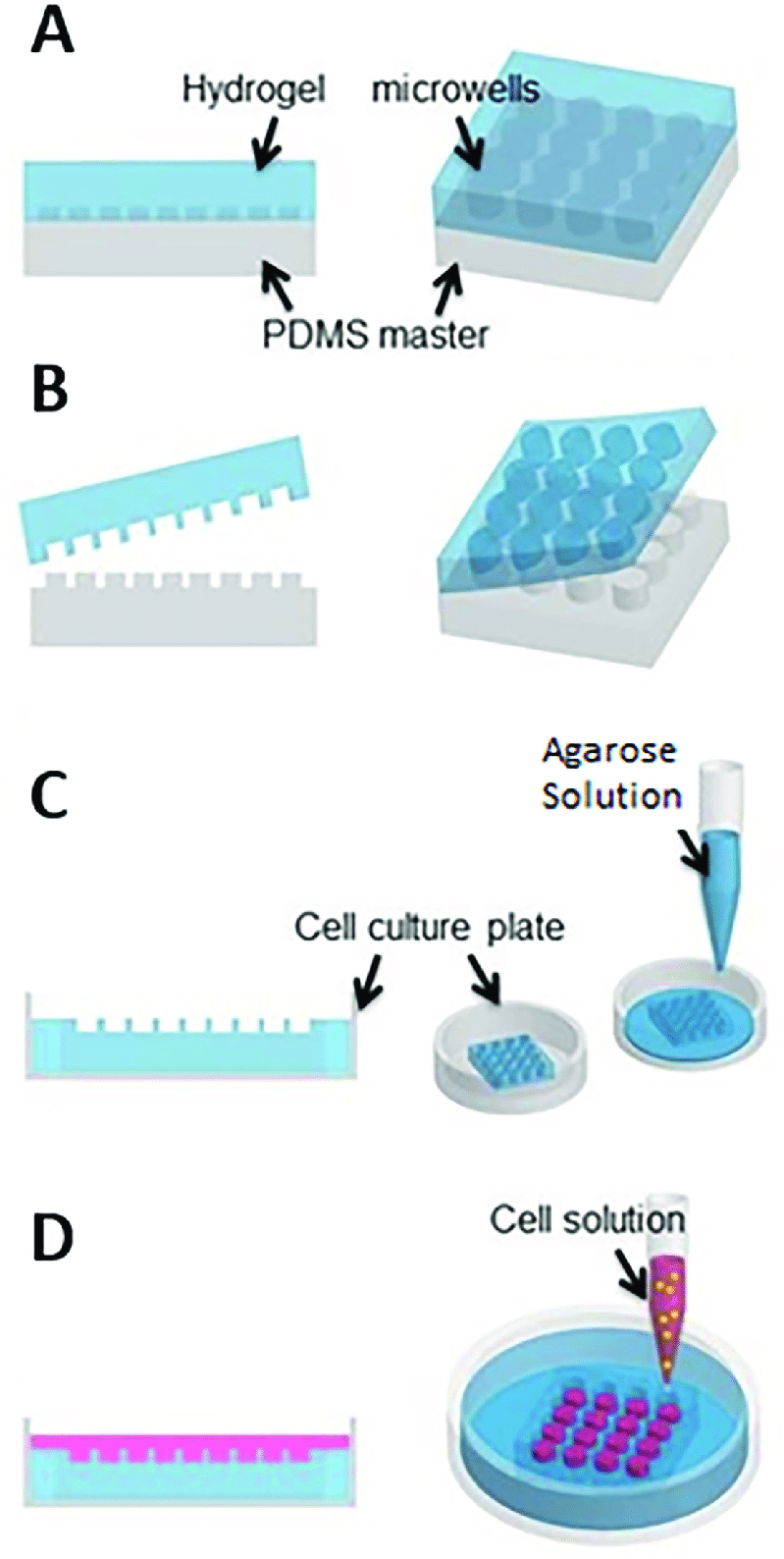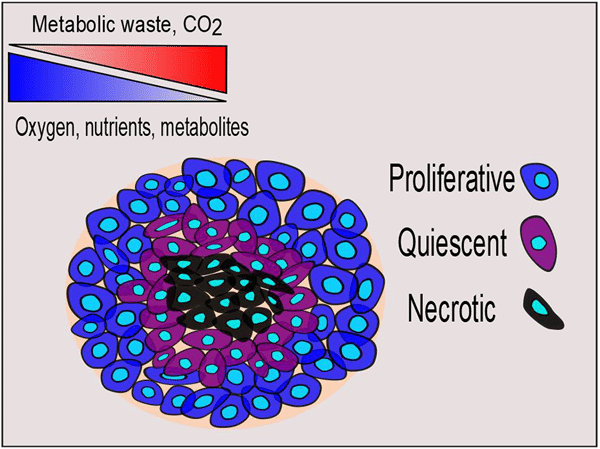Role of tissue engineering in cancer research
Tissue engineering plays a significant role in cancer research by providing models to better understand cancer biology, develop new therapeutic strategies, and test potential treatments. Some key aspects that tissue engineering contributes to cancer research are: Cancer modeling Tissue engineering allows scientists to
Some common tissue-specific organoids
Researchers have optimized methods to generate physiologically relevant organoid models for many organs. Here are some examples of commonly used tissue-specific organoids: Intestinal organoids In 2009, Sato et al. isolated individual Lgr5+ stem cells from small intestinal crypts of adult mice and were
Fundamental techniques used in cell culture
Cell culture involves the cultivation and growth of cells outside their natural environment, in a laboratory setting. The following are some fundamental techniques used in cell culture: 1. Aseptic technique: Aseptic techniques are essential to maintain a sterile environment and prevent contamination.
Safety aspects of cell culture
Safety is a critical aspect to consider when working with cell cultures to protect both researchers and the environment. This article summarizes some essential safety guidelines to keep in mind to work in the cell culture laboratory. 1. Biosafety cabinet: A biosafety
The do’s and don’ts of cell culture
Cell culture is a versatile tool to investigate fundamental scientific and translation research questions. This article is a summary of important principles behind the setup of a cell culture lab and the guidelines that ensure the safety of the lab
Insights into the application of brain organoids
Despite the significant advances in using animal models in medical research, some preclinical studies from those models failed to be translated into clinical practice successfully. This could be due to subtle differences in the brain structure and cellular composition across
7 physiological characteristics that distinguish spheroids from 2D cell cultures
A spheroid is a three-dimensional (3D) cell culture model that mimics the in vivo environment more closely than traditional two-dimensional (2D) monolayer cultures. Physiologically, spheroids exhibit several distinct characteristics compared to 2D cell cultures. This article is an overview of the
Necrosis in spheroids and how to detect it
As spheroids grow, oxygen diffusion from the external layers of cells into the core gets limited and this leads to cellular stress, energy deprivation, and eventually necrosis. The development of necrosis in spheroids depends on various factors, including the spheroid
Non-Adhesive Well Plates For Spheroid Generation
Spheroid cell cultures are defined as 3-dimentional cell aggregates that are formed via spontaneous self-assembly of cells in a cell repellant, non-adhesive surface. It is by far one of the popular anchorage free 3D cell culture methods, that are low
Character And Morphology Of Spheroids
Spheroid cell culture is a type of scaffold-free 3D cell culture method. Spheroids are formed by the self-assembly of cells. Generally, spheroid formation takes place in 3 steps (1-3). 1. Formation of loosely packed cell aggregates via integrin-ECM binding 2. Expression and


